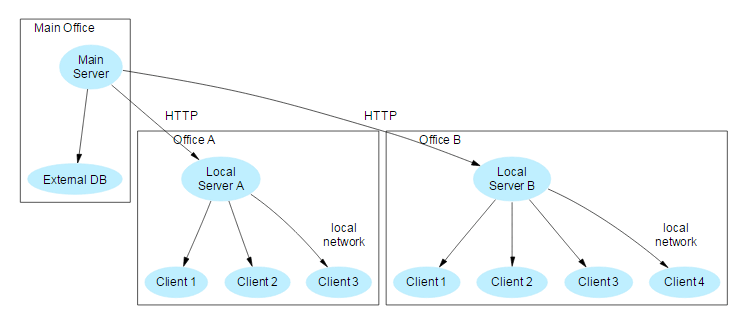In a previous
article, we presented how Master/Slave replication may be easily
implemented in mORMot's RESTful ORM.
Do not forget to
visit the corresponding paragraphs of our online documentation, which has
been updated, and is more accurate!

Sometimes, the on-demand synchronization is not enough.
So we have just introduced real-time replication via WebSockets.
For instance, you may need to:
- Synchronize a short list of always evolving items which should be reflected as soon as possible;
- Involve some kind of ACID-like behavior (e.g. handle money!) in your replicated data;
- Replicate not from a GUI application, but from a service, so use of a
TTimeris not an option; - Combine REST requests (for ORM or services) and master/slave ORM replication on the same wire, e.g. in a multi-threaded application.
In this case, the framework is able to use WebSockets and
asynchronous callbacks to let the master/slave replication - see
Asynchronous callbacks - take place without the need to ask explicitly
for pending data.
You would need to use
TSQLRestServer.RecordVersionSynchronizeMasterStart,
TSQLRestServer.RecordVersionSynchronizeSlaveStart and
TSQLRestServer.RecordVersionSynchronizeSlaveStop methods over the
proper kind of bidirectional connection.




